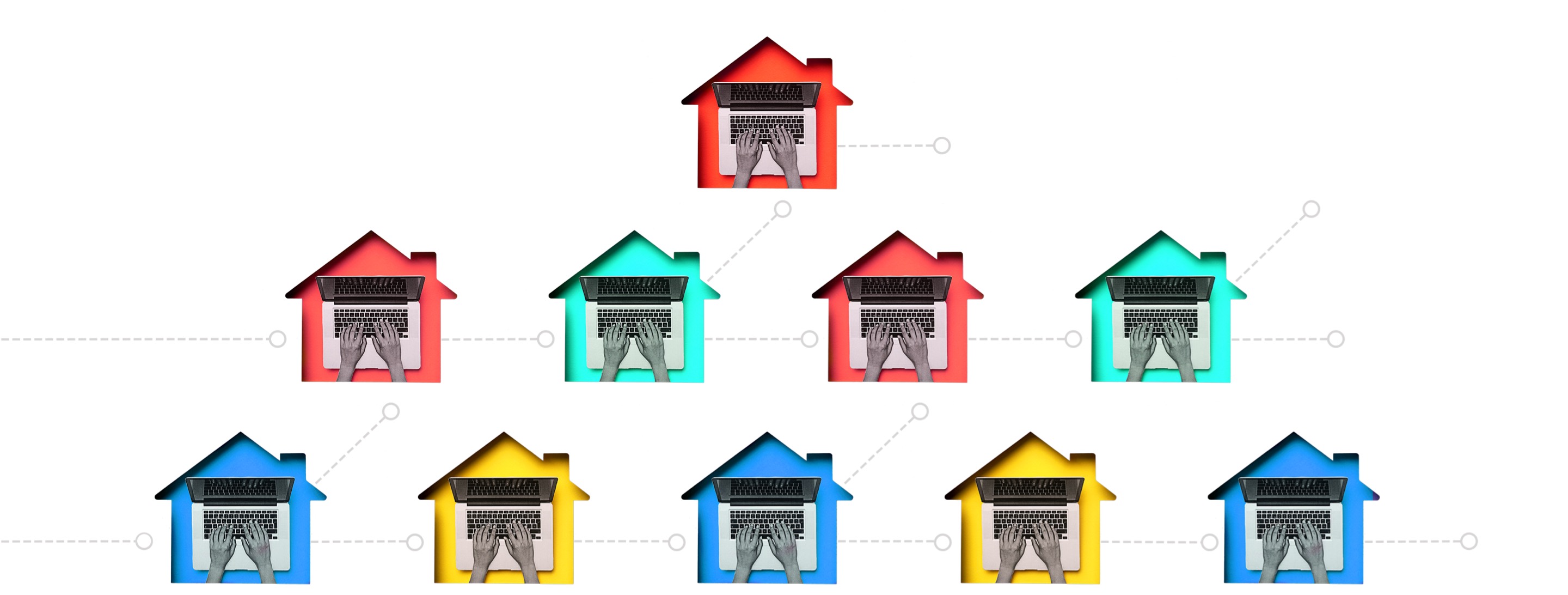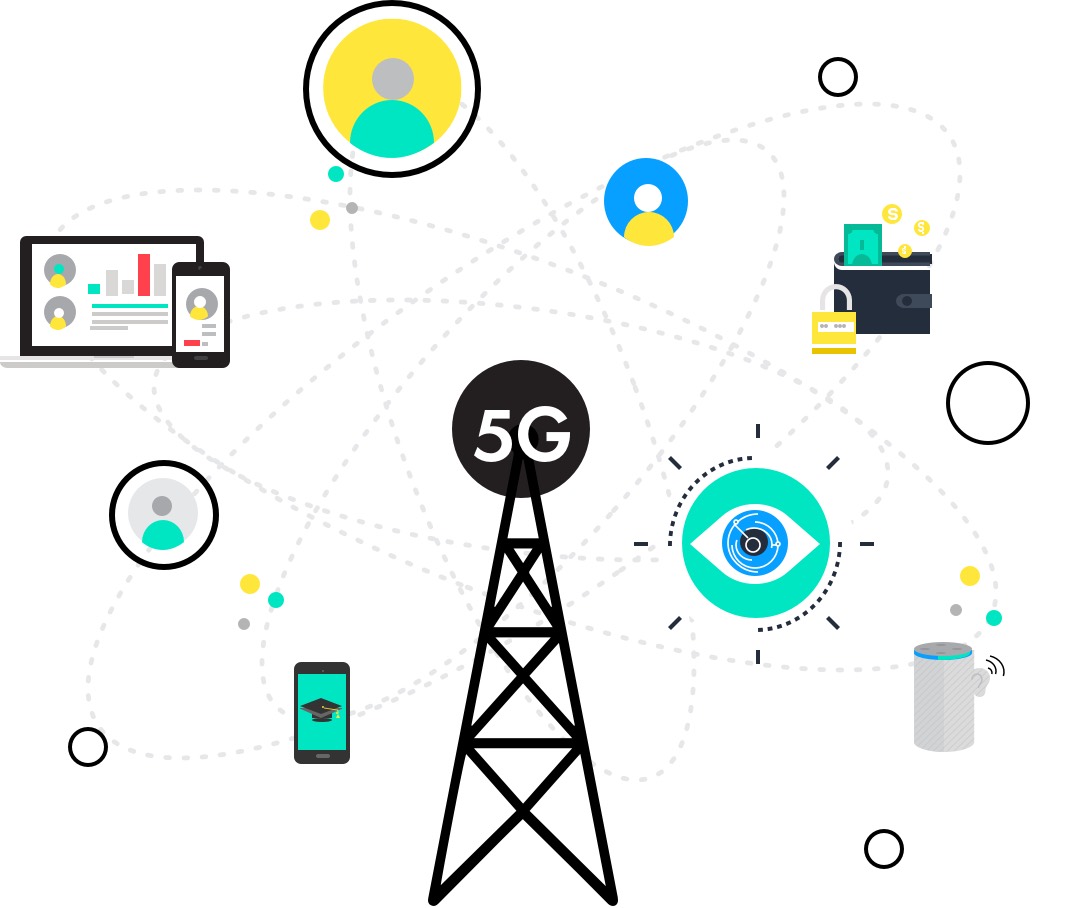Apple’s release of the 5G-enabled iPhone 12 lineup has helped make the technology more mainstream in the minds of many consumers. But we believe 5G’s best use case will likely come from businesses, as companies consider adopting 5G-enabled workplace solutions to help employees boost productivity while working from home and as the idea of distributed workforces gains momentum around the world.
So far, 5G’s customer value proposition has been faster speeds, but as many people remain under lockdowns, home broadband speeds are more important than mobile bandwidth. Consumers can also stream video to their existing phones and devices with HD quality with little or no issue. Moreover, with 5G rollout focused on urban areas, it may be many years before all U.S. consumers, especially rural ones, have reliable access. Without a killer value proposition driving adoption, carriers won’t see the return on heavy investments they’ve made in 5G.








